treatment planning week 2- Prescriptio & Field Size)
1/14
There's no tags or description
Looks like no tags are added yet.
Name | Mastery | Learn | Test | Matching | Spaced |
|---|
No study sessions yet.
15 Terms

What is the radiation therapy prescription?
Computerized isodose treatment plan
Sim images or DRRS
LEGAL DOCUMENT
used by the radiation oncologist, radiation therapist, and dosimetrist to ensure accurate treatment.
what is included in the prescription.
T- treatment volume- target ur aiming at (sie/sh
R- Radiation dose (tumor dose) total amount of rad given to tumor
E- treatment depth (enter)- deep the rad need to enter to reach tumor
What else is in the treatment prescription
-Number of treatments
Treatment dose per session
-Dose frequency (BID, TID)
-Energy (6x) and rad (photons)
- beam shaping devices blocks MLCs wedges
-imaging type and freq MV every 5 treatments
What factors effect dose (MU) calculations?
DEPTH
The deeper the point, the more the radiation has to travel, which can reduce the dose delivered to the target.- EFFECTS DOSE
E - 2. Beam Energy
DISTANCE FROM SOURCE
Higher energy beams penetrate deeper tissues but may deposit less EFFECTS DOSE
T - 3. Type of Tissue (Density of Tissue)
Different tissues absorb radiation differently.- EFFECTS WHERE DOSE GOES
F - 4. Field Size
Larger treatment fields cover a bigger area, affecting the dose distribution and intensity.
SCATTER- EFFECTS DOSE
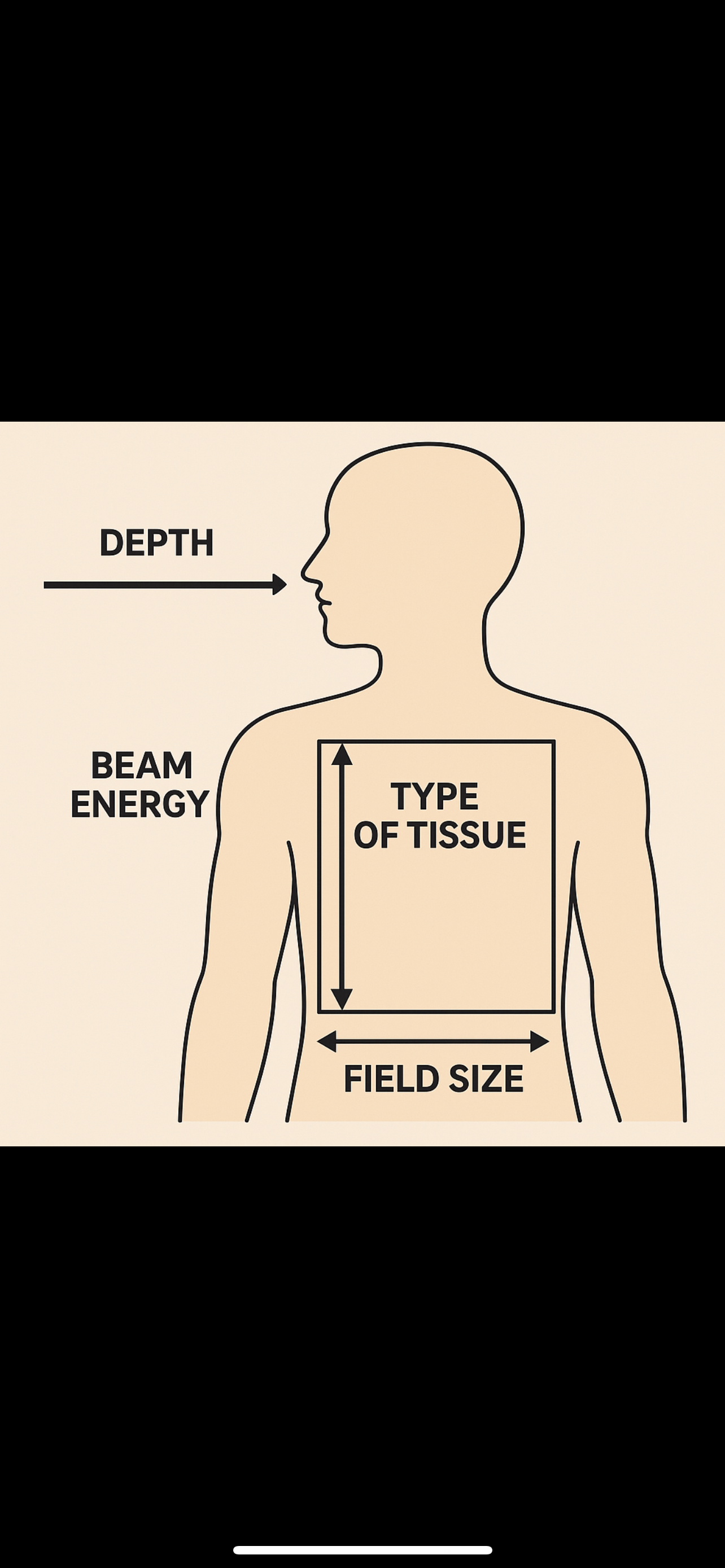
What other factors affect MU calculations?
-Separation - The patient's thickness The length of time the radiation is delivered.
• Scatter Radiation - Secondary radiation that affects dose bc of collimators, filters, and patient tissues
What is dose?
amount of radiation energy deposited at a specific point in a patient and measured
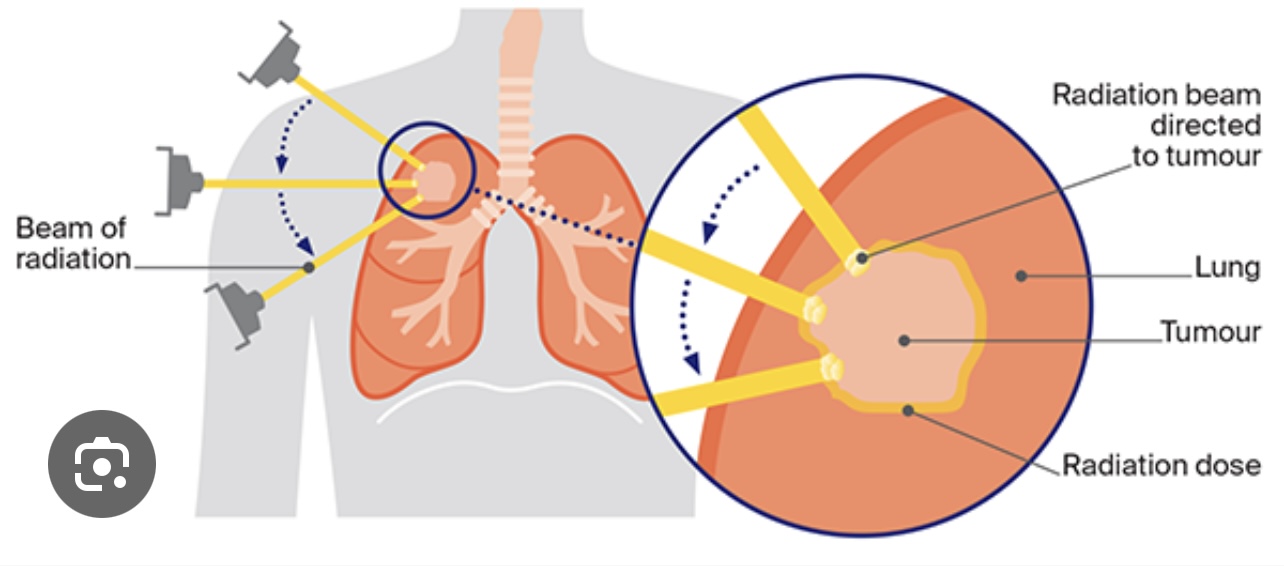
What unit of measurement is used to describe dose
• •Gray (Gy) - The standard unit.
• •1 Gy = 1 joule per kilogram (1 J/kg)

Define depth in terms of dose calculations
distance beneath the skin surface where the prescribed dose is delivered
The depth affects dose calc because of dose attenuation (when rad weakening as it penetrates deeper).

Define separation
thickness of the patient from the point where the radiation beam enters to where it exits out of the patient.
measured along the beam's central axis in cm
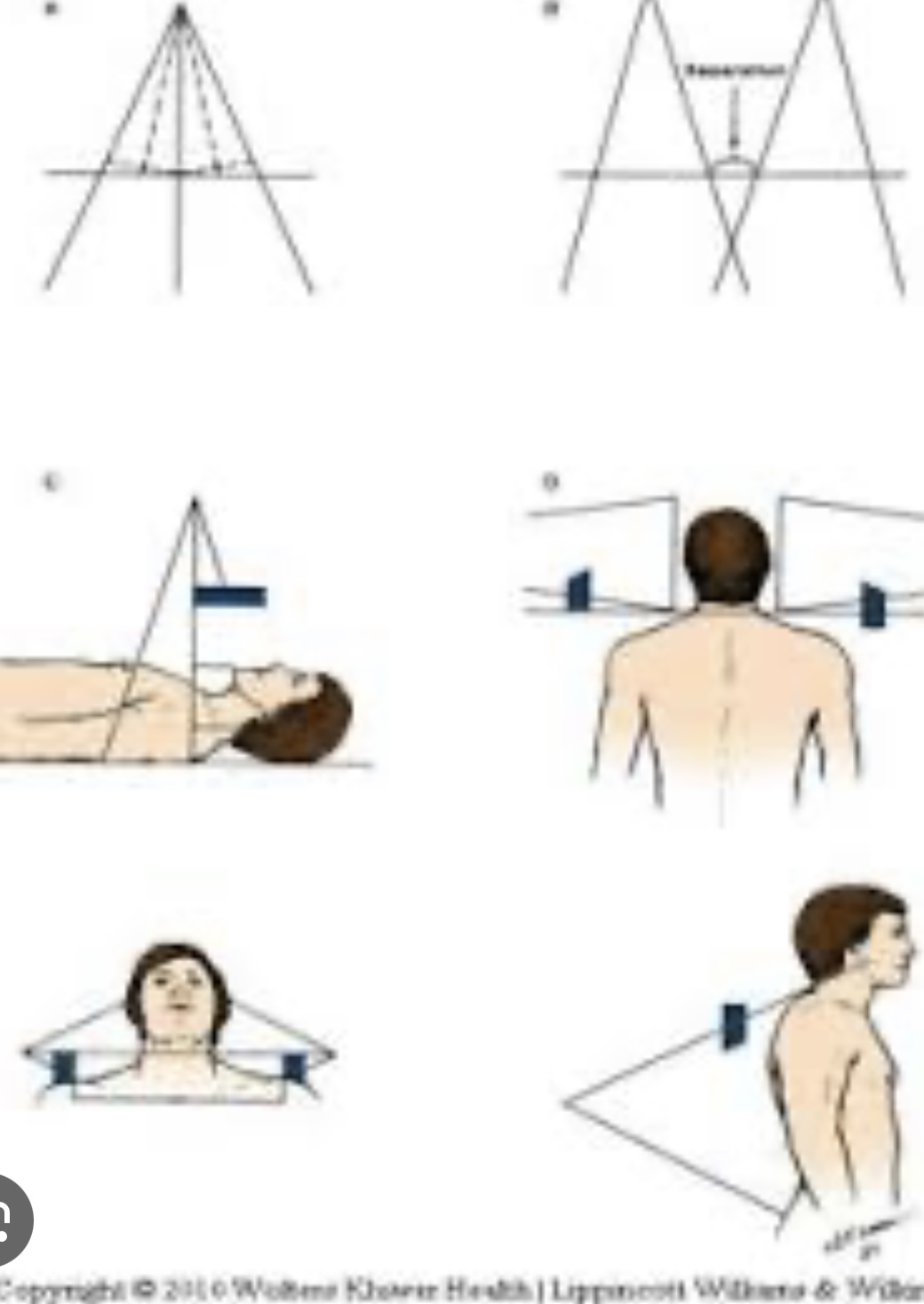
separation. Why is this important for dose calculations?
helps determine the depth radiation is delivered.
It helps determine how deep the radiation needs to go to reach the tumor.
-used in dose calculations to guarantee the correct amount of radiation reaches the target.
-In opposed field treatments, the mid-separation (half of total separation) is used for calculations.
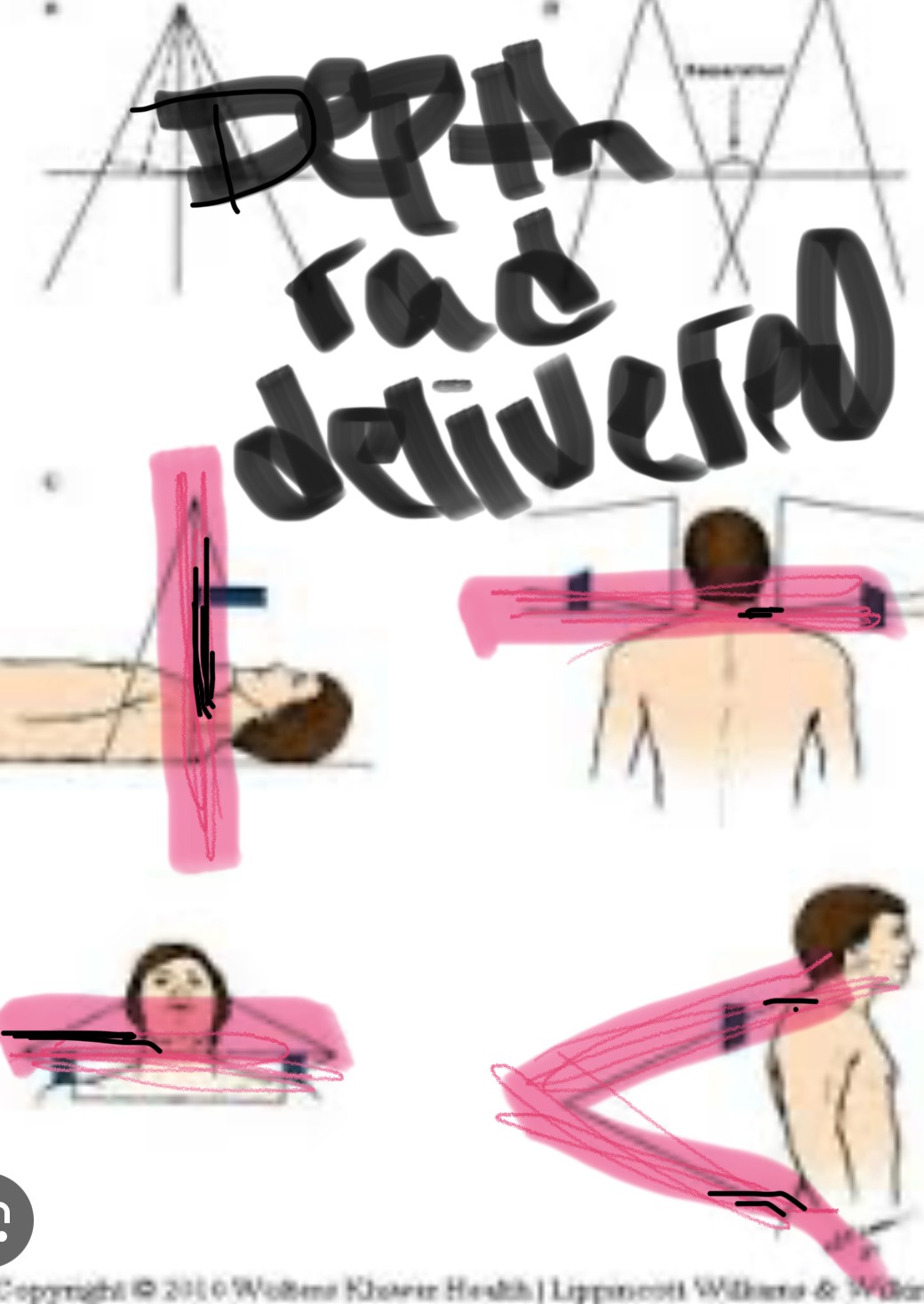
Define Source-Skin Distance/Target-Skin Distance (SSD/TSD)
distance from the radiation source treatment machine to the patient's skin or surface
Define isocenter.
the point where the gantry, collimator, and couch axes of rotation meet. It remains at a distance, and the treatment machine rotates around this reference point.
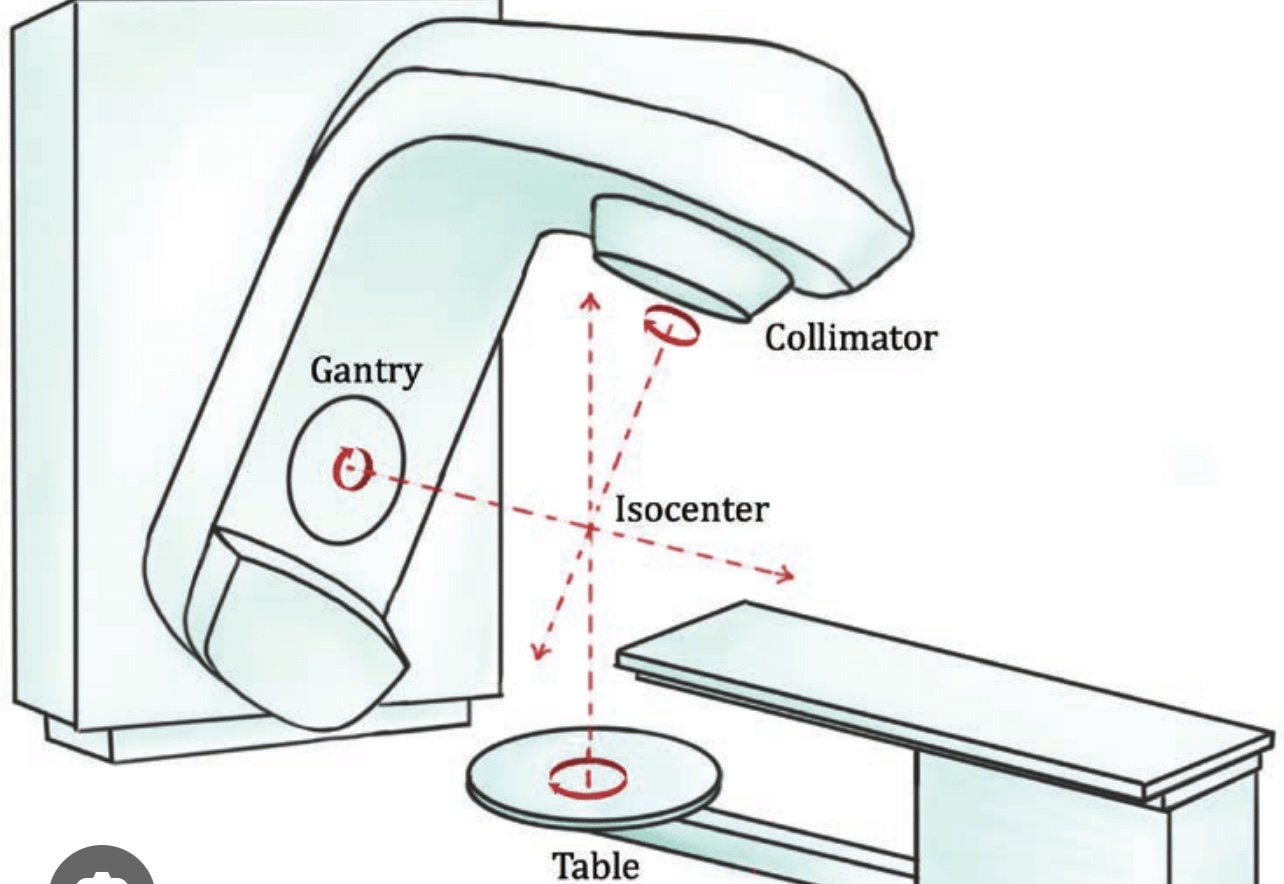
Describe field size in radiation therapy.
the dimensions (SIZE) of the treatment area set by the collimators.
X and Y jaws. It -determines the size of the radiation beam at a reference distance, usually at the machine's isocenter.
-Field size affects how dose is distributed- controls how much rad spreads out = large= LOTS of scatter!!!
Describe equivalent squares and why they are used in dose calculations.
Equivalent squares are needed to perform monitor unit calculations.
-Monitor units, or MU, show the delivered dose to the patient.
-Linear accelerators are calibrated using squares.
Colimator is seg to rectangle NOT square STERLING formula